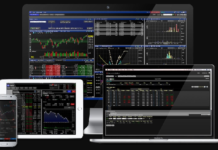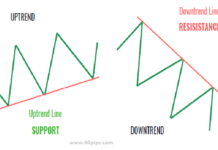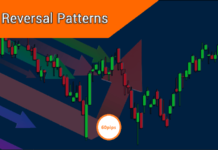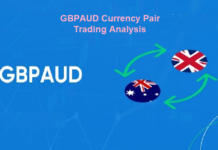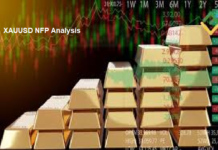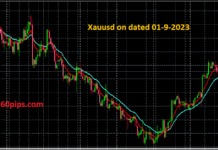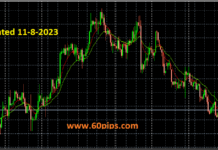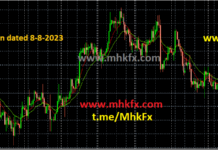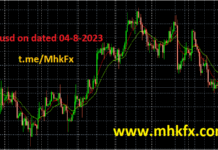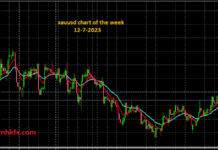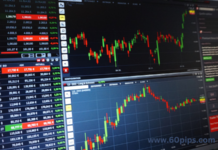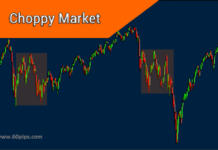
The world of forex trading can be a complex and dynamic environment. Traders are always looking for ways to increase the accuracy of their trading signals, in order to make better-informed decisions and maximize their profits. One effective way to achieve this is by combining multiple analysis techniques. By using different methods to analyze the market, traders can gain a more comprehensive understanding of the current conditions, and make more accurate predictions about future price movements.
Forex Trading Analysis Type
There are several different types of analysis that traders can use to inform their trading decisions. The most commonly used methods are fundamental analysis, technical analysis, and sentiment analysis. Each of these techniques provides a unique perspective on the market, and can be useful in different ways. However, no single method can provide a complete picture of the market on its own. By combining multiple analysis techniques, traders can gain a more well-rounded view of the market, and make more informed decisions.
Fundamental analysis for Multiple Analysis Techniques
Fundamental analysis involves analyzing economic and political factors that may affect currency prices. This can include things like interest rates, inflation, political stability, and more. By understanding the underlying fundamentals of a currency, traders can make predictions about how it is likely to perform in the future. For example, if a country is experiencing high inflation, it may be expected that its currency will decrease in value relative to other currencies.
Technical analysis for Multiple Analysis Techniques
Technical analysis, on the other hand, involves analyzing price charts and other technical indicators to identify patterns and trends in the market. This can include things like moving averages, support and resistance levels, and chart patterns. By identifying these patterns, traders can make predictions about future price movements. For example, if a currency has been trending upwards for an extended period of time, it may be expected to continue doing so in the future.
Sentiment analysis
Sentiment analysis is a method of analyzing market sentiment by examining the opinions, emotions, and attitudes of market participants towards a particular asset or market. This type of analysis is particularly useful in Forex trading because it can help traders identify market trends that may not be reflected in price charts. Sentiment analysis involves monitoring news headlines, social media chatter, and other sources of information to gauge market sentiment.
By combining these three analysis techniques, traders can gain a more comprehensive view of the market and improve their chances of making profitable trades. For example, a trader might use fundamental analysis to identify the long-term trend of a currency, technical analysis to identify key support and resistance levels, and sentiment analysis to identify any shifts in market sentiment that may indicate a change in direction.
Combining multiple analysis techniques can also help traders filter out false signals and avoid making trades based on incomplete or inaccurate information. For example, a trader may see a technical signal that suggests a currency is about to break out of a key level of resistance, but by also taking into account fundamental and sentiment analysis, they may realize that there are economic or geopolitical factors that could prevent the currency from breaking out.
Conclusion
Combining multiple analysis techniques is an effective way to improve the accuracy of Forex trading signals. By using fundamental analysis, technical analysis, and sentiment analysis together, traders can gain a more complete understanding of the market and make better-informed trading decisions. However, it’s important to note that no analysis technique is foolproof, and traders should always use risk management techniques and follow a disciplined trading plan to minimize their risks.
Click to sign up with FPMarkets
Related Post:
Start Your Forex Trading Journey with Confidence: Enroll in Our Beginner’s Course Today!
Interest Rates Hikes Trigger Volatility in Forex Trading

